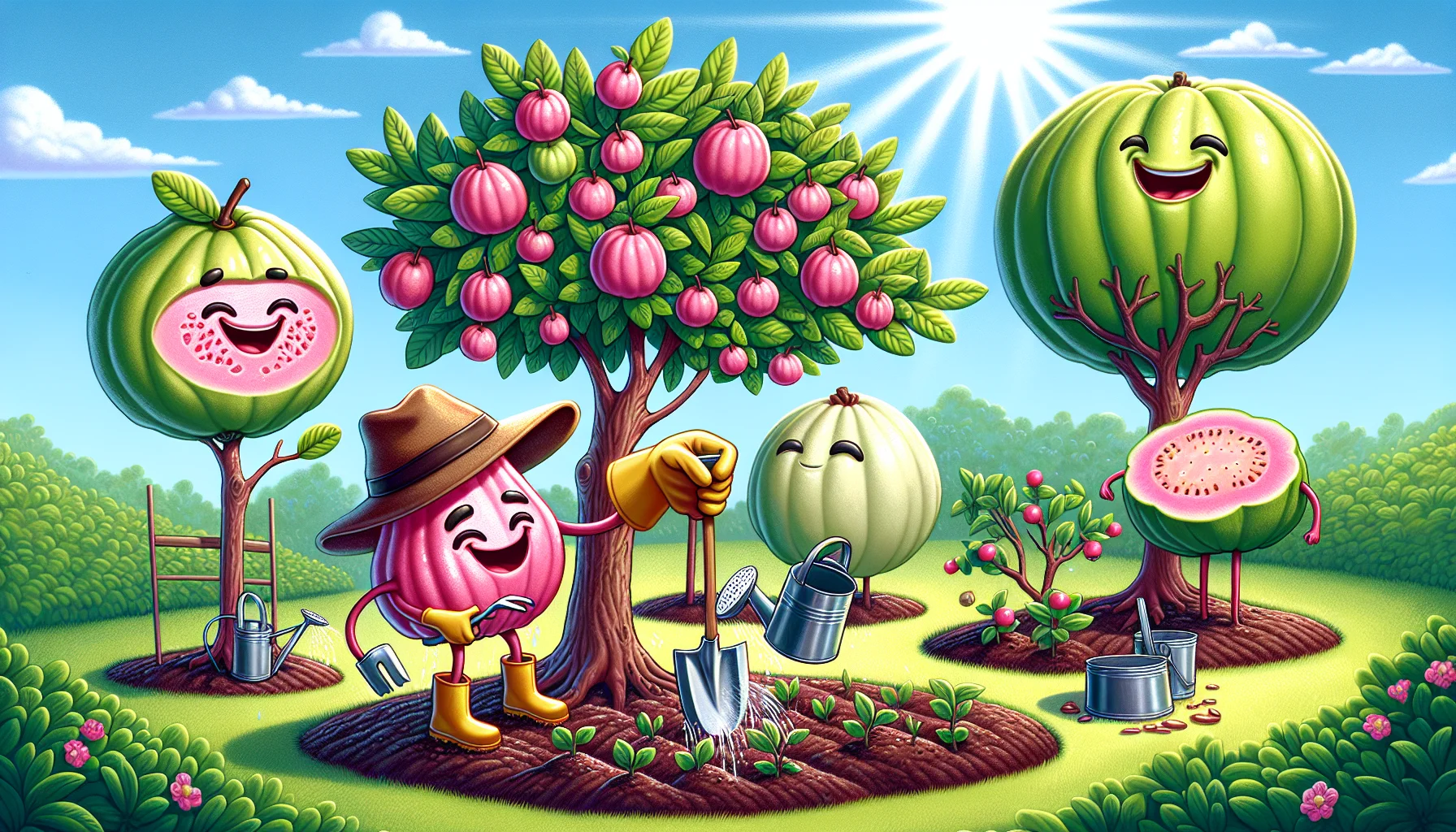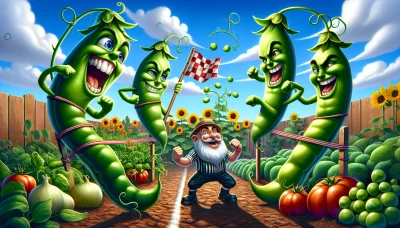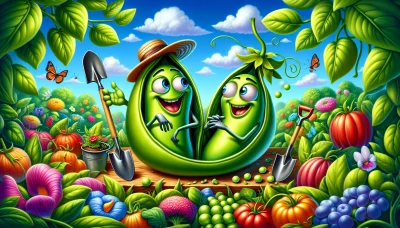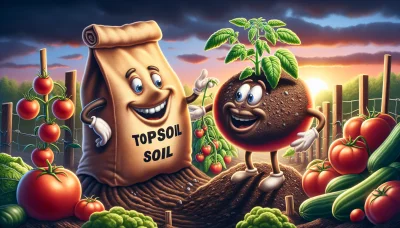Types of guava Quiz
Test Your Knowledge
Question of
Understanding the Different Types of Guava
Guavas are a significant addition to any garden, offering not just a delightful fruit but also contributing to the garden's biodiversity. These tropical to subtropical plants are known for their hardiness and ability to thrive in a variety of conditions, making them a favorite among gardeners. Guavas are characterized by their green to yellow skin, sweet fragrant flesh, and a high content of Vitamin C, dietary fiber, and antioxidants. They can range in taste from sweet to tart, depending on the variety and ripeness. Beyond their nutritional value, guavas can also act as natural pest repellents, making them beneficial companions in the garden. Their adaptability and the minimal care they require once established, make them an excellent choice for both new and experienced gardeners looking to add a productive and attractive element to their gardening endeavors.
Popular Varieties of Guava
- Apple Guava: The most common type, known for its sweet flavor and crisp texture, resembling an apple.
- Pineapple Guava (Feijoa): Offers a unique blend of pineapple, apple, and mint flavors. It is not a true guava but shares many similarities.
- Strawberry Guava: Smaller in size, this variety has a sweet, strawberry-like flavor, making it a favorite for fresh eating and jams.
- Red Malaysian: Notable for its deep red skin and pinkish flesh, this guava has a mildly sweet taste and is often used in decorations for its appealing color.
- Lemon Guava: A yellow-skinned variety with a lemony flavor, it's smaller than the apple guava but packed with taste.
- White Indian Guava: Known for its creamy white flesh and high juice content, this variety is both sweet and slightly sour, ideal for desserts and smoothies.
Cultivation Tips for Guava Trees
Guava trees are a tropical delight that can bring a bounty of fruit to your garden with the right care. To ensure your guava tree thrives, plant it in a location that receives full sun and has well-draining soil. These trees are quite drought-tolerant once established, but they will produce more fruit if watered regularly. Fertilize your guava tree during the growing season to support its growth and fruit production. Pruning is also important to remove any dead or diseased branches and to encourage a strong structure. With these care tips, your guava tree can become a healthy and productive addition to your garden.
Pest and Disease Management in Guava
Guava trees, while hardy, can be susceptible to a variety of pests and diseases that can affect their growth and fruit production. Common pests include the guava fruit fly, which lays eggs inside the fruit, leading to decay, and the guava scale, which feeds on the sap of the leaves, weakening the tree. Diseases such as anthracnose, caused by a fungus, can lead to fruit rot and leaf spot, significantly reducing yield. To manage these issues, it's important to maintain good agricultural practices such as proper spacing and pruning to ensure air circulation, regular monitoring for early detection of pests and diseases, and the use of appropriate fungicides and insecticides. Biological control methods, such as the introduction of natural predators of the pests, can also be an effective and environmentally friendly option. Regular soil health assessments and the addition of necessary nutrients can help in strengthening the guava trees against these threats.
Nutritional Benefits of Guava
Guavas are a tropical fruit that are not only delicious but also packed with numerous health benefits and nutritional value. They are an excellent source of dietary fiber, which helps in improving digestion and reducing the risk of several diseases. Guavas are rich in vitamins C and A, making them great for boosting the immune system and maintaining healthy skin and eyesight. Additionally, they contain potassium, which is essential for regulating blood pressure levels. The antioxidants present in guavas, such as lycopene and vitamin E, play a crucial role in preventing the damage caused by free radicals, thereby reducing the risk of chronic diseases. Including guavas in your diet can also help in managing weight, as they are low in calories and high in fiber, making you feel full for longer periods. Overall, guavas are a powerhouse of nutrients that can contribute significantly to a healthy and balanced diet.
Harvesting and Storing Guava
Harvesting guavas at the right time is crucial for their flavor and longevity. The best time to harvest guavas is when they start changing color from green to yellow and are slightly soft to the touch. Use a sharp knife or scissors to cut the fruit from the tree to avoid damaging the branches and the fruit itself. After harvesting, guavas can be stored at room temperature until they fully ripen. For longer storage, place ripe guavas in the refrigerator where they can last for about two weeks. To extend their freshness, avoid storing guavas in airtight containers as they emit ethylene gas, which can speed up the ripening process. Instead, store them in a mesh bag or a container with ventilation holes. Following these tips will help ensure your guavas remain fresh and delicious for as long as possible.
Guava Recipes for Gardeners
- Classic Guava Jelly - A sweet and tangy spread perfect for breakfast toast or cheese pairings.
- Guava BBQ Sauce - Give your barbecue a tropical twist with this unique sauce.
- Guava Chutney - An aromatic and spicy condiment that's great with grilled meats or as a dip.
- Guava Cheese (Guava Paste) - A dense, sweet, and slightly tart dessert that pairs wonderfully with cheese.
- Guava Smoothie - A refreshing and nutritious drink to start your day.
- Guava Mojito - A tropical variation of the classic mojito cocktail, perfect for summer evenings.
- Guava Glazed Pork - A savory dish with a sweet guava glaze that adds a unique flavor to pork.
- Guava and Cream Cheese Pastry - A simple yet delicious pastry ideal for breakfast or as a snack.












